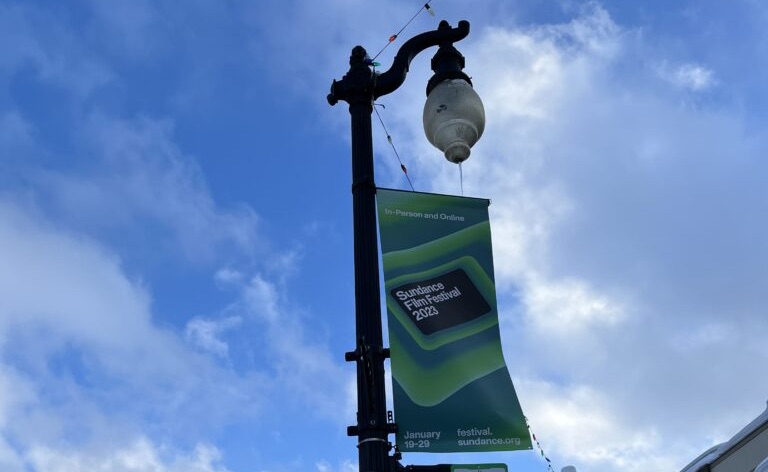Articles
‘Punching above our weight’: industry visibility and community engagement in rural and regional film festivals
By Tess Van Hebert and Elisabeth Ellison
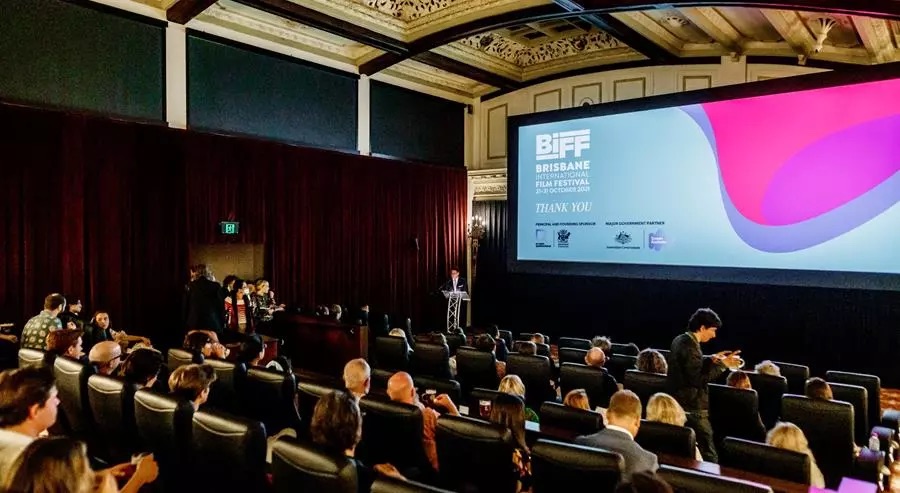
Excerpt: “By conducting a desktop scan of the festival landscape, and undertaking two specific festival case studies, this research has identified three key concerns: the distinctions between regional and metropolitan festivals; the duality of these festivals as both inward and outward facing events; and the challenges that face the future of Queensland’s festival sector.” READ THE FULL ARTICLE HERE
Groundwork for a (pre)history of film festivals
By Christel Taillibert and John Wäfler
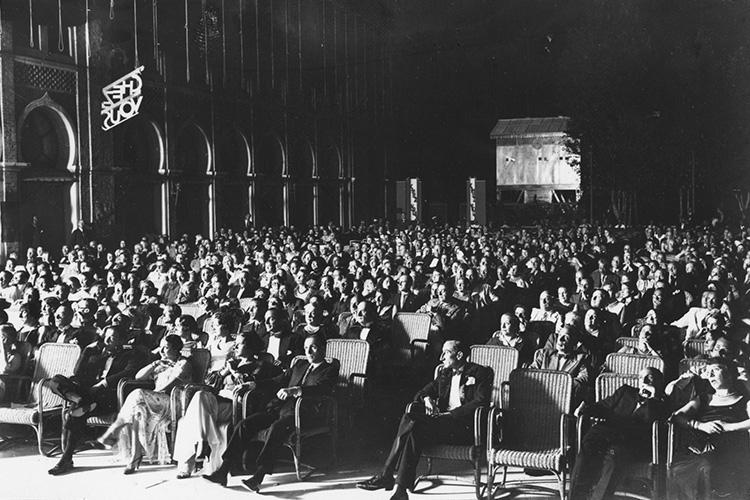
Excerpt: “The creation of the Venice festival intimately links to the assertion of cinema as an art: it is about showing films chosen beforehand for their highly artistic and cultural character, an indispensable requirement for the educational function. The introduction of cinema into the highly renowned institution that was the Venice Art Biennale demonstrates this willingness to acknowledge cinema as art. The encounter between the audience and a type of cinema chosen and recognized for its artistic character ultimately aims to develop a taste within that audience for more demanding productions, and through that, to influence the general level of the productions screened in theaters. Multiple choices were made during the organization of the first Venetian event (location, competitive nature, social manners, and entertainment). These choices resulted from mixed influences, intentional or not, and inherent to the formats implemented in cultural events at the time, whether cinema-specific or not.” READ THE FULL ARTICLE HERE
Enthusiastic amateurs: Australia’s film societies and the birth of audience-driven film festivals in post-war Melbourne
By Kirsten Stevens
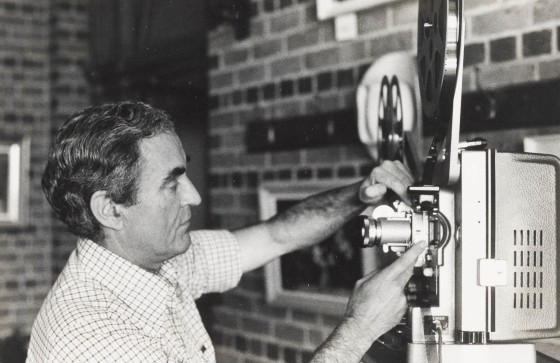
Excerpt: “The origins of any film festival lie well in advance of the event’s inaugural celebration. Such is the case with MFF and its premiere presentation at Olinda. The direct antecedent to the development of festivals in Australian was a burgeoning interest in the educational and ideological potential of film that motivated the development of an active film society movement in the aftermath of the Second World War.” READ THE FULL ARTICLE HERE
A genealogy of film festivals in the People’s Republic of China: ‘film weeks’ during the ‘Seventeen Years’ (1949–1966)
By Ran Ma
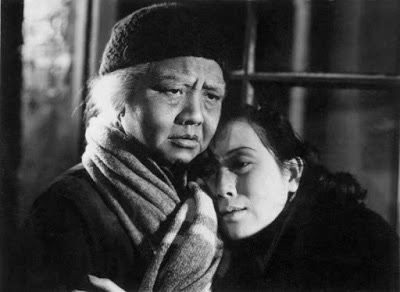
Excerpt: “The PRC’s film weeks were emplaced within a centralized socialist cultural system in which film was valued for its function ‘of propaganda and pedagogy rather than of entertainment’ (McDonald, qtd from Hong Citation1994, 87). CCP’s conceptualization of art and culture in relation to politics and its efforts to activate and reinforce culture’s ideo-pedagogical function through massive social engineering had laid the groundwork for the organization and function of the film week. Yet, similar to other cultural activities in the Maoist era, film weeks were ‘not simply the product of the cultural demands of national authorities’ (Clark 1987, 57). A film week was a complicated process that involved a range of supporters including the cultural authorities, film industries (film professionals), and audiences, although a hierarchy existed among its agendas. Film weeks were of economic significance for the PRC’s film imports and also relied on the Chinese film industry’s development for their growth. Also, Chinese audiences relied on film weeks as contact points and platforms to access foreign films.” READ THE FULL ARTICLE HERE
Ever-changing readjustments: the political economy of the Hong Kong International Film Festival (HKIFF)
By Ruby Cheung

Excerpt: “However, from the angle of city governance and cultural policy exercised in the city, the HKIFF has been, and is still, very much a political by-product, in a broad sense, of Hong Kong’s colonial times and the period after. Throughout the years, the HKIFF has been an integral part of Hong Kong and has stood at the conjuncture of social, cultural, political, and economic forces involving the city, its former colonizer the UK, its current governing state the PRC, and other countries/territories in a globalized world. The festival needs to readjust itself continuously in accordance with the constant changes taking place in the power structures of its stakeholders and in relations between these stakeholders and the festival itself. It thus becomes imperative to understand the position of the HKIFF, and how it has operated, within this tapestry of power dynamics over the years.” READ THE FULL ARTICLE HERE
Politics, ideology, and programming practices: how the Yugoslav Documentary and Short Film Festival abandoned the idea of Yugoslavia
By Dunja Jelenković

Excerpt: “Gathering various cinematic forms in the field of documentary and short film in a period that covers almost the entire existence of Yugoslavia as a republic and includes its different political systems, the state-run Yugoslav Documentary and Short Film Festival, while worthy of inquiry in and of itself, also provides a useful resource for the study of political regimes’ influence on cultural production and programming practices.” READ THE FULL ARTICLE HERE
The hindered drive toward internationalization: Thessaloniki (International) Film Festival
By Lydia Papadimitriou

Excerpt: “The parallel international program from 1961 to 1965 reflects the location of Thessaloniki in Northern Greece, and its geopolitical significance. Since the end of World War II, Greece was politically aligned to the Western sphere of influence, but its geographical location placed it in the proximity of the Eastern Bloc, directly neighboring a number of communist countries. Reflecting the clientele of the Trade Fair, the films shown in the international parallel screenings originated almost to equal degree from communist countries of Eastern Europe and from the West. In 1961, for example, the feature-length foreign films shown came from France, Italy, Yugoslavia, Czechoslovakia, and the USSR; in 1965 from Hungary, Romania, Italy, West Germany, France, Czechoslovakia, Bulgaria, USSR, the US, East Germany, France, and Cyprus (TIFF 2009). This suggests that Thessaloniki developed from the start a distinctive character in terms of transnational commercial and cultural interest – a character that many years later, after the fall of the communist bloc, would be translated into the festival’s Balkan orientation.” READ THE FULL ARTICLE HERE
Pursuing, resembling, and contesting the global: the emergence of Chilean film festivals
By María Paz Peirano
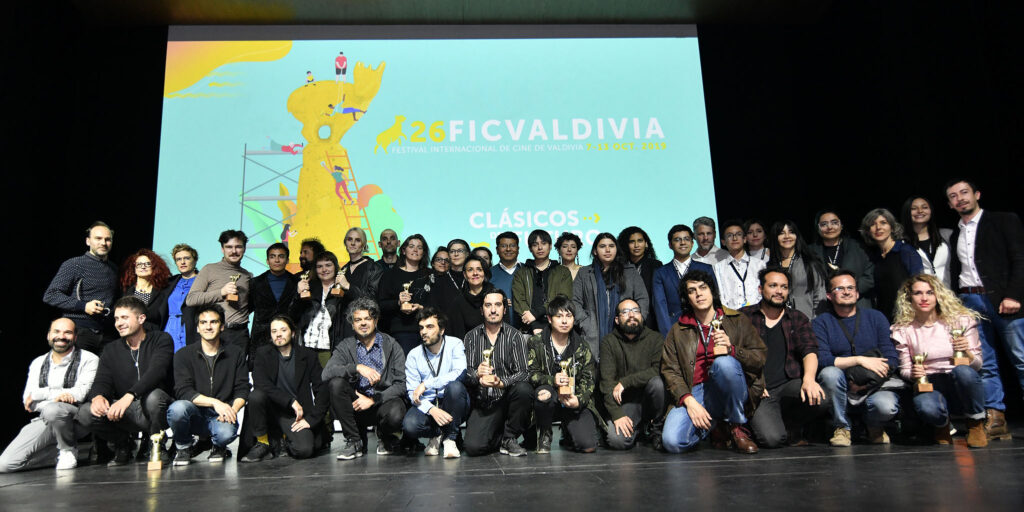
Excerpt: “FECICH is one of many film festivals that has emerged in Chile in the last decade. Many Chilean film professionals are under the impression that nowadays ‘every Chilean town has a festival’, alluding to this proliferation. Besides the long-established and recognized film festivals in Valdivia (FICValdivia), Santiago (the documentary and short-film festivals FIDOCS and FESANCOR) and the historic Viña del Mar (FICViña), during the 2000s many other festivals were created in various cities and small towns. SANFIC, Cine//B, In-edit, FECISO, and FEMCINE appeared in Santiago, in addition to festivals in the north of Chile (Arica, Antofagasta, Iquique and Ovalle), in the Central Valley (Valparaíso, Quilpué, Talca, Rengo, Chillán), and in the south (Lebu, Puerto Varas, Chiloé, Coyhaique). Some of these disappeared after a couple of years, and others have been closed for some time due to lack of funding, but most of them still exist today. There are around 52 local festivals still active, mostly during spring and summer September–March (CAIA Citation2014). This flourishing mediascape relates to the constraints and possibilities of production and exhibition in the country, as well as the increasing internationalization of the Chilean field of film production. The expansion of festivals has gone hand in hand with the development of national cinema in Chile in the last 20 years, and has helped enhance the possibilities for not only the exhibition of national film, but also the construction of a professional film network in Chile..” READ THE FULL ARTICLE HERE
Constraints and possibilities: Lima Film Festival, politics and cultural formation in Peru
By Sarah Barrow

Excerpt: “The Festival de Cine de Lima (Lima Film Festival) celebrated its 18th edition in August 2014 by bringing over 300 films – including some of the most exciting new works from Latin America – to audiences across the capital of Peru. For the first time in its history, 4 of the 19 films selected for competition were made by Peruvian directors, signalling not only a growth of local aspiration and talent, but also a clear recognition of that talent by programming panels that had tended since its inception to look beyond national borders for inspiration. Despite the relative paucity of film production in Peru in comparison even with many of its Latin American neighbours, and the lack of any robustly and coherently coordinated and funded film industry, the establishment and endurance for almost two decades of an increasingly high-profile film event provide evidence of a sense of the broader film culture – including publications, workshops, community-based initiatives and social media platforms – that has developed in Peru since the 1960s. As was the case with many other Latin American nations, this was the decade when cine-clubs emerged as popular social hubs, designated government-sponsored funding initiatives and legislation were first established and serious film criticism started to appear.” READ THE FULL ARTICLE HERE
Gezici Festival: multiple identities of a traveling film festival in Turkey
By Eren Odabasi

Excerpt: “Gezici Festival is the oldest of multiple mobile film festivals in Turkey and it is the only one that maintains an exclusively mobile character. Organized by the Ankara Cinema Association since its first edition in 1995, it has established itself as one of the most important and unique cultural events in and around the country. Throughout the past two decades, Gezici Festival has evolved considerably; growing in international reach and stature, reflecting many economic, political, and social transformations of the country, and reprioritizing its various roles as both an ‘audience’ and a ‘business’ festival at once, combining features that Peranson (2009) sees as typically discreet. The origins of Gezici Festival and the historical trajectory it has followed form a suitable case study to analyze the phenomenon of mobile film exhibition, especially within an institutionalized festival setting.” READ THE FULL ARTICLE HERE
BIFF to BAPFF: considering ‘festival memory’ in the face of change and innovation
By Tess Van Hemert

Excerpt: “While every film festival must adapt in order to meet the changing demands of audiences and filmmakers, the drastic and ongoing change experienced by BIFF eventually led to the cancelation of the festival. The concept of ‘festival memory’ presents a valuable methodological tool for examining case studies of other festivals that have changed significantly or ceased to exist, to the detriment of the local audience and film community. More specifically, applying this concept to the BIFF allows for an investigation of how this succession of changes disrupted the festival’s position on the national circuit, and ultimately, its perceived value to the local film community.” READ THE FULL ARTICLE HERE
Blog Features
Festival Reports
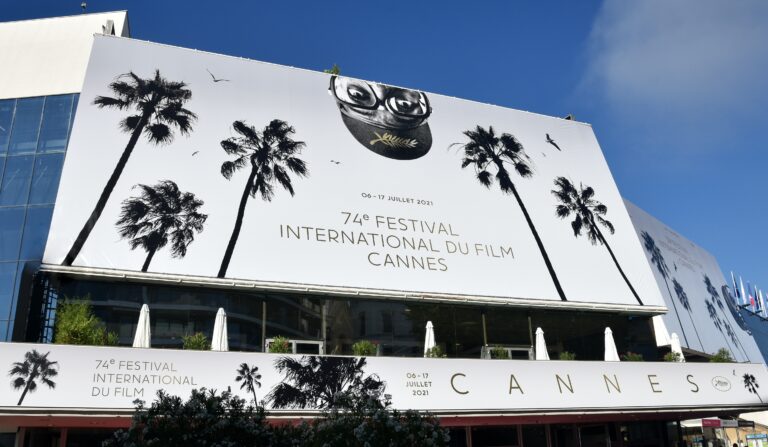
Take Time: The 71st Melbourne International Film Festival
By Eloise Ross
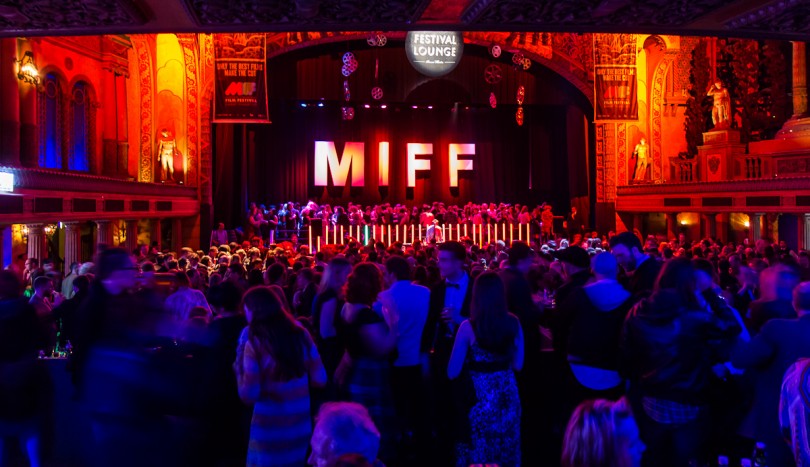
Sundance After Two Years (Online) and Over Three Decades
By Maria San Filippo
